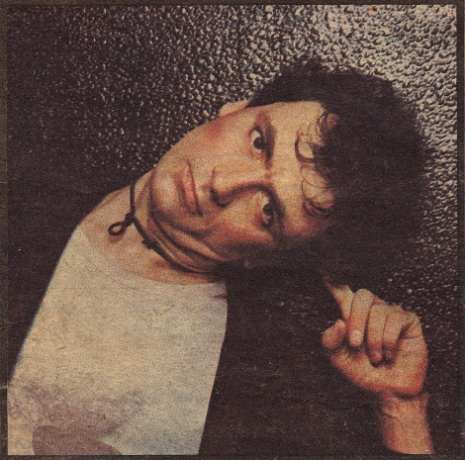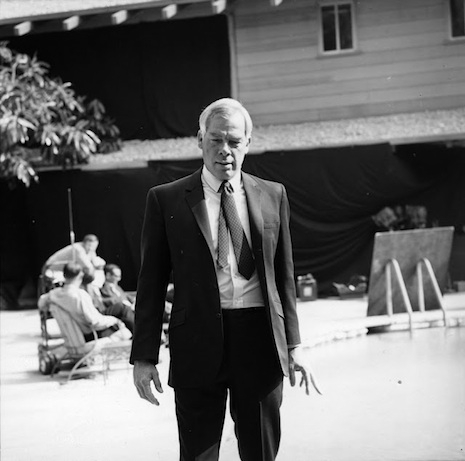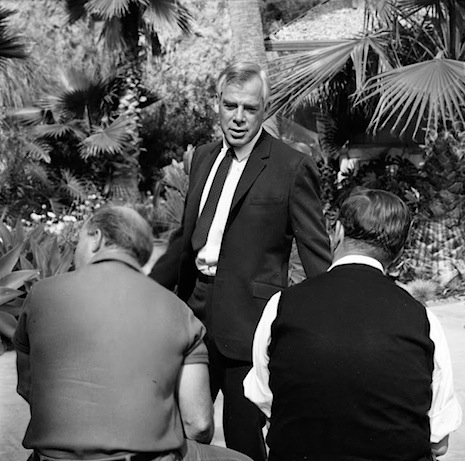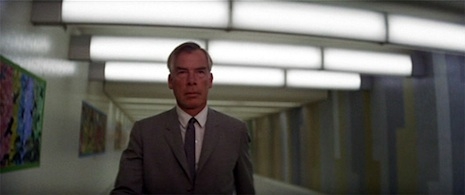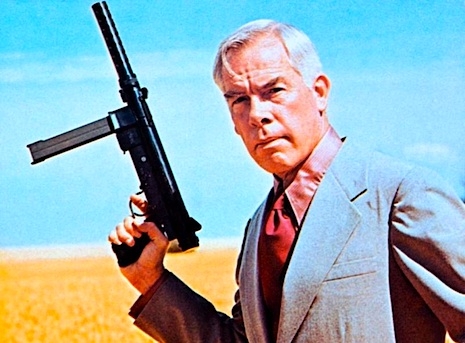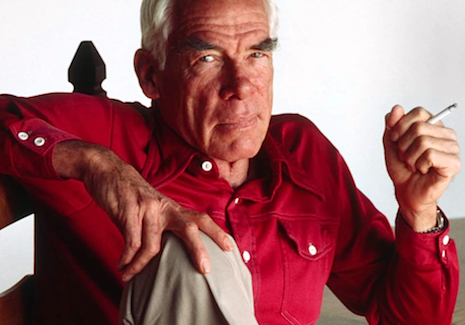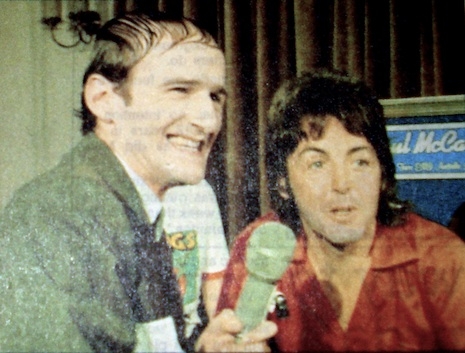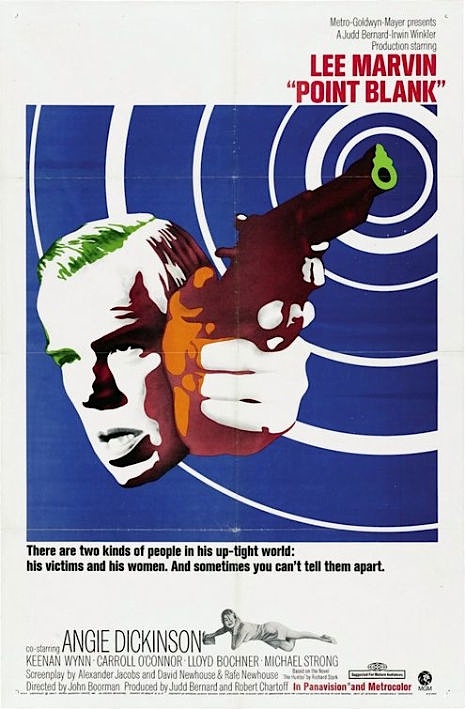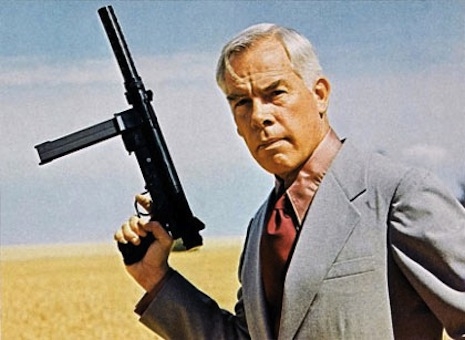
Back in the 1980s Tom Waits, Jim Jarmusch, John Lurie, and maybe one or two others started a facetious little organization called the Sons of Lee Marvin in honor of one of their favorite actors. As it is a secret society, details are scarce—Nick Cave is in the club, and the director John Boorman has been given an honorary membership. It is rumored that Thurston Moore, Iggy Pop, Josh Brolin, and Neil Young are also in the group.
If you would like to join the Sons of Lee Marvin, here’s all you have to do:
1. Be born with a penis.
2. Have “a facial structure such that you could be related to, or be a son of, Lee Marvin.”
3. Develop an intense fondness for Lee Marvin, especially how his characters are “outsiders and very violent” and “have a very strong code.”
4. Achieve significant notoriety as an adorable bohemian/downtown musician or filmmaker.
5. Become close buddies with Jim Jarmusch.
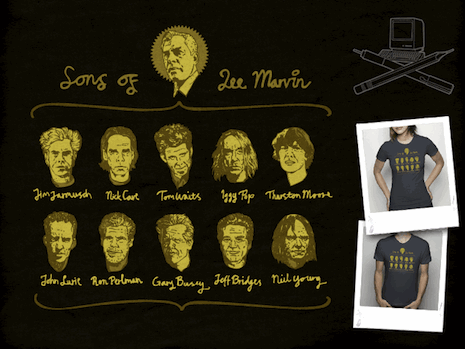
(T-shirt available at Threadless.)
The following anecdote appears in the May/June 1992 issue of Film Comment:
Just the idea of Marvin’s characters being outsiders and very violent appeals to me. Some seem to have a very strong code—even if it’s a psychotic one—that he follows rigidly.
A secret organization exists called The Sons of Lee Marvin—it includes myself, Tom Waits, John Lurie, and Richard Boes…. Six months ago, Tom Waits was in a bar somewhere like Sonoma County in Northern California, and the bartender said:
“You’re Tom Waits, right? A guy over there wants to talk to you.”
Tom went over to this dark corner booth and the guy sitting there said, “Sit down, I want to talk to you.”
“What do you want to talk to me about? I don’t know you.”
“What is this bullshit about the Sons of Lee Marvin?”
“Well, it’s a secret organization and I’m not supposed to talk about it.”
“I don’t like it.”
“What’s it to you?”
“I’m Lee Marvin’s son,” and he really was.
He thought it was insulting, but it’s not, it’s completely out of respect for Lee Marvin.
The fan page jim-jarmusch.net has a pretty good summary of the known information about the Sons of Lee Marvin.
If you haven’t seen it, Point Blank—directed by honorary SOLM John Boorman—is a great movie. Here’s a pretty spiffy clip:
Previously on Dangerous Minds:
Lee Marvin and Angela Dickinson perform ‘Clapping Music’
Jim Jarmusch, Neil Young, RZA: The music of Dead Man and Ghost Dog
Posted by Martin Schneider
|
08.27.2013
09:24 am
|
